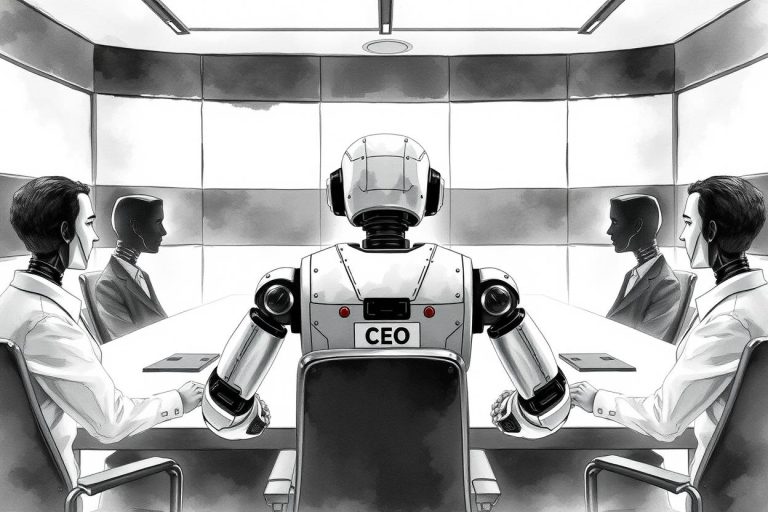Practical Applications of Agentic AI in Localization

For decades, the localization industry has navigated a complex path between the art of human language and the science of technology. Translators have always been the bridge, connecting cultures and ideas. While AI translation tools have been part of the workflow for years, a new generation of technology is changing this relationship. It’s no longer about a human using a tool. It’s about a partnership. This is the new era of Agentic AI in localization.
What is Agentic AI?
Agentic AI represents a major step forward in artificial intelligence. Instead of just following a single command, it is a system that can make its own decisions. It sets goals, plans tasks, and acts independently to achieve those goals. It’s not a simple tool; it’s a proactive assistant.
A traditional machine translation tool is a calculator. You give it an equation, and it gives you the answer. Generative AI, like a chatbot, is more like an expert who can draft a report based on your request. Agentic AI is a project manager. You tell it the big picture goal, and it breaks down the project into steps, completes them, and adapts its plan as it goes.
Agentic AI vs. Traditional TMS Tools
The key difference is autonomy. Older AI models were reactive. They waited for you to tell them exactly what to do. You prompted them, and they produced an output. Their work stopped there.
Traditional translation management systems (TMS) have always relied on this model. They provide a powerful toolbox, but a human translator has to manually use each tool in the right order. They would run a machine translation engine, then manually check the translation memory, and consult a glossary. It was a series of separate, human-driven steps.
Agentic AI changes this completely. It is not just another tool in the box; it’s a system that understands the big picture. It doesn’t wait for a prompt for every small task. You give it a high-level goal, and it breaks down the project into steps, acts on its own, and adapts as it works. It’s proactive, not reactive.
Use Cases in the Localization Field
It’s not just another hype around AI, but a powerful tool that’s fundamentally changing the localization process. It takes on complex, multi-step workflows, shifting the burden of repetitive tasks and allowing human experts to focus on the creative, strategic parts of the job.
Here are some examples of what agentic AI can do:
- Agentic AI can understand a project’s full context. For instance, Crowdin’s Agentic AI has access to your project’s data. It can read your code and UI details. This helps it make accurate suggestions. It can even check a word like “service” and know if it means a pricing plan or customer assistance.
- You can interact with the AI in plain language. Instead of a complex prompt, you can just ask it. For example, a linguist can simply tell it: “Can you please change the style and tone in all strings from formal to informal?” The AI will then analyze and update the text across the project.
- For app UI, fitting translated text into a button or menu is a classic problem. Instead of manually rephrasing, a linguist can simply tell the AI, “Please shorten this button text to fit the UI without changing the meaning.” The AI then handles the revision and applies it across the project, saving a lot of time and effort.
- The AI can be used in a flexible “layered” workflow. A linguist can refine translations step by step. They can also provide context at any point. A feature called Max Mode lets the AI “think through” tool results more deeply, leading to more accurate results.
How Agentic AI Changes the Localization Field

This technology doesn’t replace human professionals. It changes their role. Human linguists and localization managers become strategic partners to the AI.
Instead of translating words one by one, linguists can focus on:
- Oversight and Refinement: They review and refine the AI’s output. They ensure the final content is culturally sensitive and perfect for the audience.
- Training the AI: They provide corrections and feedback. This makes the agentic system smarter over time. It helps the AI learn to handle complex, nuanced tasks.
- High-Level Strategy: Localization managers can focus on the big picture. They can analyze data from the AI to make strategic decisions. They can decide which markets to enter next, based on what the AI learns about user engagement.
Wrapping Up
Agentic AI turns localization from a fixed, linear process into a continuous, dynamic one. It makes it possible to reduce time-to-market, maintain quality at scale, and connect with global audiences.
The focus shifts from a “translation task” to a “business goal”. The AI handles the repetitive work. The human team focuses on the creative and strategic parts of the job. It’s the beginning of a powerful partnership between humans and machines.




